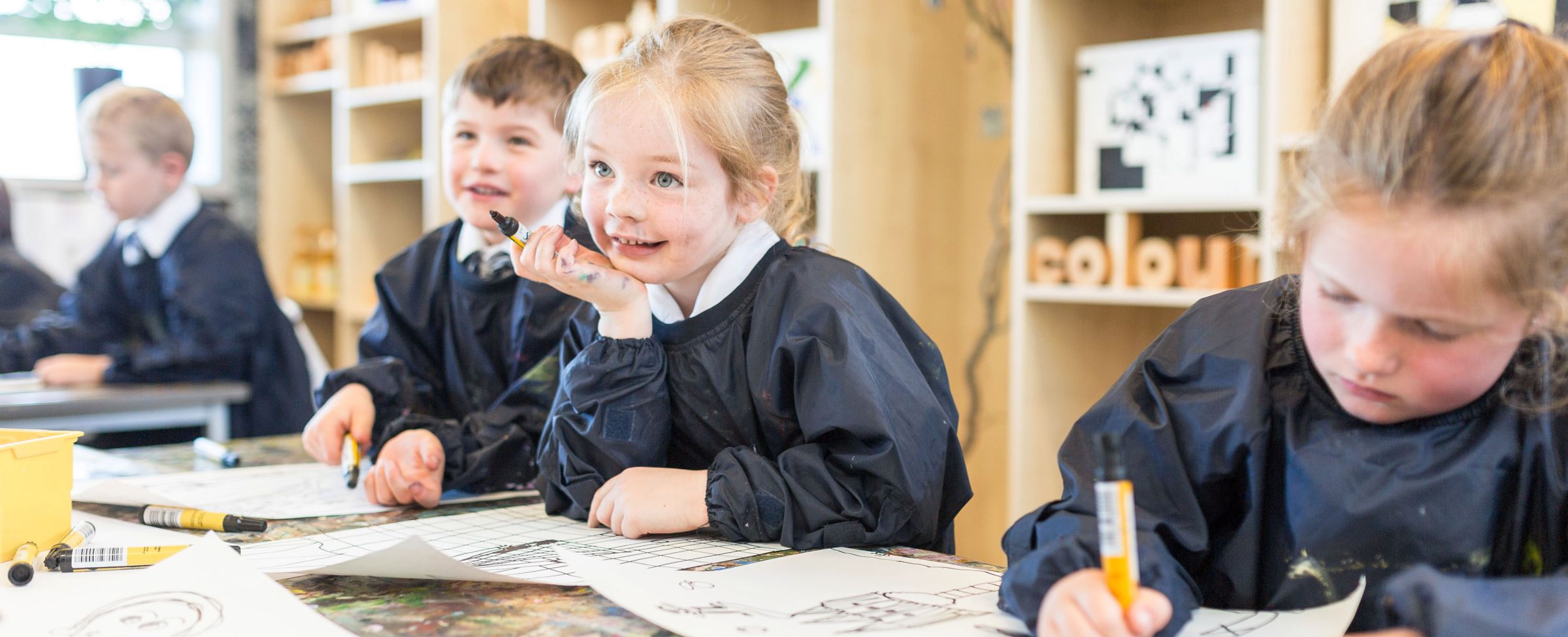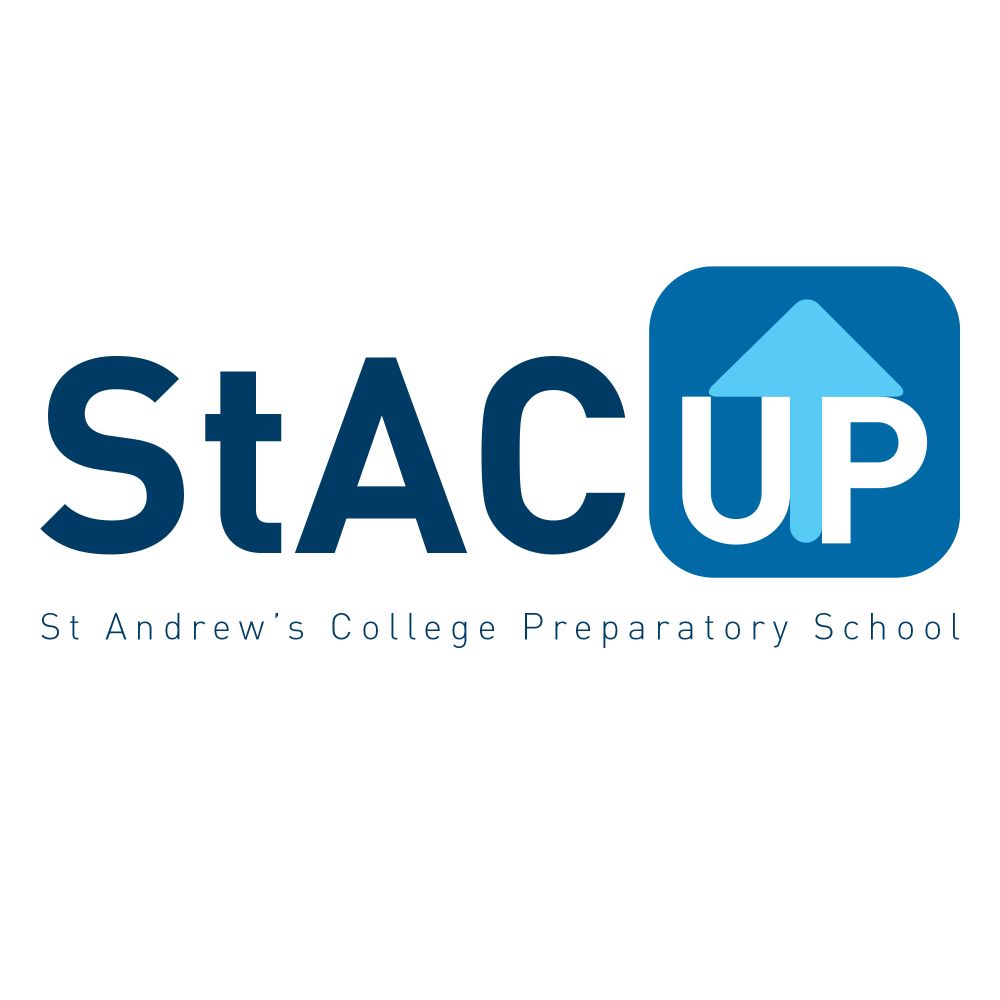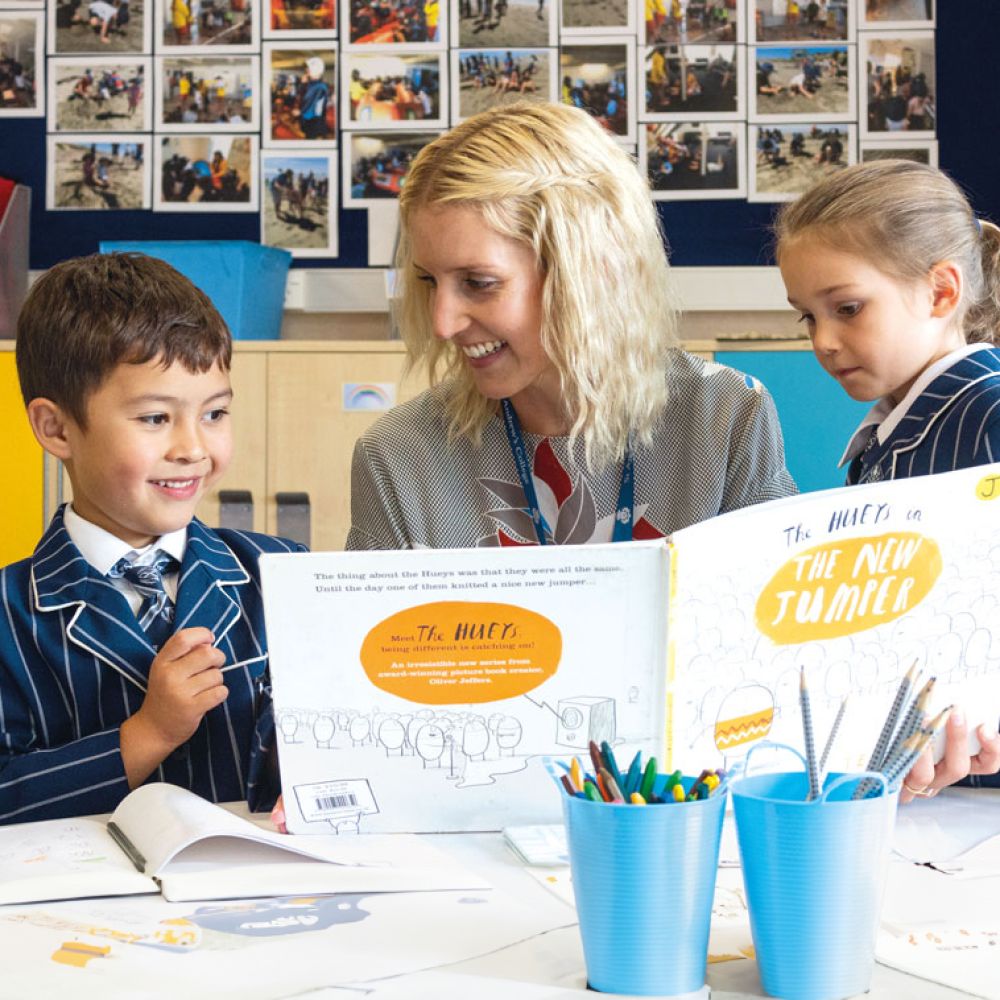
The Preparatory School Curriculum
Marau Kura Tuatahi
The Preparatory School curriculum is developed under the guidelines and philosophy of the New Zealand Curriculum and takes into consideration the special nature of St Andrew’s. It takes, as its starting point, a vision of our young people as lifelong learners who are confident and creative, connected, and actively involved. It includes a clear set of principles on which to base curriculum decision making. It sets out values that are to be encouraged, modelled, and explored. It defines five key competencies, critical to sustained learning and effective participation in society, with the emphasis on lifelong learning.
Our curriculum principles
Our educational philosophy centres around high expectations, cultural diversity, inclusion, coherence, future focus, the Treaty of Waitangi, community engagement, and learning to learn. We prioritize personalised learning, celebrate achievements, and foster respect for College values. Our commitment to cultural diversity extends to promoting Te Reo and tikanga Māori. Inclusion is a core principle, and we cater to diverse learner needs. Coherence ensures seamless integration across subjects, and our future focus emphasizes real-life contexts and leadership development. The Treaty of Waitangi informs our inclusive programs, and community engagement is encouraged through open communication. Finally, learning to learn is at the heart of our approach.

StAC-UP
Supporting our teaching of values is StAC-UP. StAC-UP expresses our values through explicit expectations for students. It underpins all interactions with students, colleagues and the community and guides our response when approaching situations of conflict or difficulty. It enables students, staff and parents to feel safe and cared for in their learning community.
StAC-UP consists of the following core expectations which ensures that our school is a productive happy and safe place for everyone.
Be Safe – inside, outside and online.
Be Ready – to learn in all situations.
Be Respectful – towards others and yourself.

Key competencies
The Key Competencies (KC) are relevant to all learning areas and activities. They know no subject boundaries and are developed simultaneously with all content areas of the Curriculum. Our school developed Key Competencies have been developed by staff and students and are displayed prominently in each classroom. Staff and students reflect on these throughout all aspects of College life. The Key Competency statements are commented on twice a year through student reports.

A Thinker
Key Competency – Thinking
Curiosity, a propensity for asking questions, a flair for creativity, and the ability to think independently — these traits define an inquisitive and imaginative mind.

A Communicator
Key Competency – Using language, symbols and texts
Understanding information, the ability to share knowledge through diverse methods, and appropriate communication — these attributes collectively define an effective and versatile communicator.

A Team Player
Key Competency – Participating, contributing and relating to others
Adapting to various roles, actively considering others’ perspectives and ideas, and demonstrating compassion — these attributes collectively define an empathetic and versatile individual.

A Self Manager
Key Competency – Managing self
Independence, reflectiveness, self-control, and a positive attitude — these attributes collectively define a resilient and optimistic individual.
Our Curriculum
The Preparatory School curriculum aligns with the New Zealand Curriculum, emphasizing lifelong learning. Our vision centres on confident, creative, connected, and actively involved young learners. Guided by clear principles, we base curriculum decisions on values that encourage exploration. Five key competencies — critical for sustained learning and societal participation — underscore our commitment to lifelong learning. These principles apply to all learning and teaching programmes in New Zealand schools.
In the Preparatory School we are fortunate to have:
the ability to implement the national curriculum as designed;
clarity within the school around effective pedagogy;
strong curriculum leadership;
competent teachers;
enrichment experiences taken by specialist staff;
rigorous teacher performance review;
a physical environment that supports the school’s approach to learning;
the flexibility of large open areas as well as smaller (class) rooms. Either or both can be used depending on the learning environment required at the time;
one teacher with one class of children. This ensures that the crucial connections made between the teacher and child (and family) can be maintained, and there is no loss of learning flow;
indoor/outdoor flow and connectivity;
availability of a range of learning technologies;
opportunities for innovation and creativity;
forward looking and timely future planning.

Key curriculum content areas
-
Mathematics including Numeracy
At St Andrew’s College, mathematics serves as a practical tool for everyday life, connecting various concepts and relationships. It enables us to analyse information, communicate ideas, and address real-world problems. Our goals include fostering a positive attitude toward mathematics, building competence and confidence in mathematical knowledge, enhancing problem-solving skills, promoting perseverance and initiative, and emphasizing the importance of sharing mathematical insights through discussion, explanation, and reporting. -
English
Our goal is to nurture effective oral, written, and visual communicators who engage in deep and critical thinking. We aim to equip students with the ability to comprehend information from listening, reading, and viewing. Additionally, we encourage students to create meaning for themselves and others through speaking, writing, and presenting. Ensuring full access to all areas of the curriculum contributes to developing effective citizens in society. -
Inquiry Pathway (includes Social Science, Science, Technology and Health)
At St Andrew’s College, inquiry is a dynamic process that encompasses exploration, questioning, discovery, and validation. Our overarching goal is multifaceted: we provide students with authentic learning experiences, nurture skills in literacy, creative and critical thinking, effective communication, and productivity, and encourage students to explore, connect, and make sense of the world through information exploration. -
Languages
Students receive one session a week of Spanish teaching from Years 1–7. At Year 8 students are introduced to French and Japanese. These classes are taken by specialist teachers. All students receive tuition in basic Te Reo Māori from their classroom teacher. -
The Arts
Students attend specialist lessons for Visual Art, Dance and Drama, and Music. Where possible the content and context of these lessons are integrated into classroom inquiry units. These classes are taken by specialist teachers. In alternate years all Year 7–8 students take part in a school production. -
Health and Physical Education
The aim of Physical Education (PE) is to provide a range of experiences which will assist in the development of long-term, self-sufficient physical well-being, thereby fostering self-esteem, mental awareness and social well-being. Students attend one session a week with a specialist PE teacher; this is followed up by a lesson with the classroom teacher. -
Technology
Students in Years 7–8 attend one session a week of Materials Technology. Students also attend two semesters of Food Technology lessons during their time in Years 7–8. -
Science
Science is integrated into inquiry learning throughout the school year. Some topics however are treated as stand-alone Science units to cover the depth of teaching and learning required at higher levels. The Preparatory School science lab is used for regular practical science from Years 6–8.
Assessment
We gather assessment data through various methods, including informal observations, note-taking, and standardized tools. This information serves several crucial purposes. First, it allows us to tailor learning experiences, creating personalized paths for each student. Second, assessment data provides constructive feedback to students, helping them grow. Third, it guides us in identifying the next steps in students’ learning journeys. Additionally, we analyse data to enhance individual and group achievement, modify teaching programs, evaluate the effectiveness of strategies, and inform strategic planning and professional development. Ultimately, our assessment procedures contribute to effective teaching and learning practices.

Assessment procedures
Our assessment procedures encompass various stages. First, Diagnostic Assessment occurs at the beginning of the year. We analyse a variety of tests and assessments to identify students’ potential talents and areas where extra support is needed. This information informs teaching strategies and resources both within the classroom and at the start of specific units. Second, Formative Assessment continuously checks student progress throughout a unit of work. It identifies gaps in knowledge, misconceptions, and remedial or extension needs. Activities include pre and post testing, e-asTTle, anecdotal notes, running records, work samples, conferencing, and oral performance. Teachers provide formative comments verbally and in written form, and this work is collated in online student portfolios. Third, Summative Assessment goes beyond diagnostic purposes to meet specific requirements.
Student e-portfolios play a crucial role in recording and reporting learning achievements. For students in Years 1–7, we use the See-Saw program to store portfolios, allowing easy sharing of current work examples with parents and family. As students progress through the school, they gain ownership over the chosen samples. By Year 8, students share their learning via OneNote.

Recording and reporting
We employ various recording and reporting procedures to communicate progress and achievements from teachers or students to parents. The Goal Setting Report, sent home in Terms 1 and 4, outlines student progress toward Curriculum Expectations. It includes a summary of initial testing and data for Mathematics and Literacy, individual next learning steps, and Key Competency-related goals. The Key Competency Report, sent home at the end of Terms 2 and 4, summarizes student progress in Mathematics and Literacy, includes specialist staff assessments, teacher comments related to Key Competencies, and records academic and co-curricular achievements (Term 4). Additionally, we hold Learning Conferences by the end of Term 1 to discuss the Goal Setting Report, initial data, and future learning. A second round of conferences occurs after mid-year reports. Our open-door policy encourages parent-staff communication as needed.







